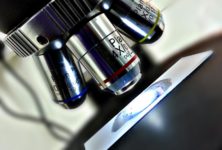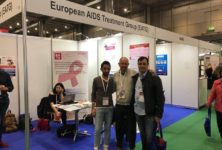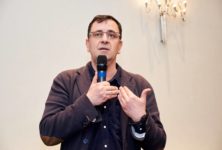SEATTLE — Data from a study of HIV–infected infants who received early ART suggest the reservoir for HIV lies in cells that were infected before ART initiation.
“This is important because we have to understand what the reservoir is to be able to target it and eradicate it someday,” Mary Kearney, PhD, head of the translational research unit in the HIV Dynamics and Replication Program at the National Cancer Institute’s Center for Cancer Research, said during a news conference at the Conference on Retroviruses and Opportunistic Infections (CROI) 2017.
Kearney noted an ongoing debate about whether the reservoir for HIV is due to ongoing cycles of viral replication during ART or whether cells are infected before initiating ART and have undergone clonal proliferation.
Looking for evidence of ongoing HIV evolution, Kearney and colleagues examined tests of 12 infants from the CHER study, an open-label randomized controlled trial in South Africa of HIV–infected asymptomatic infants younger than aged 12 weeks.
Ten of the 12 infants began ART within 1 year. The other two had viremia for 1 to 3 years before or during ART and were used as “replication controls.” Kearney and colleagues performed single-genome sequencing of the p6-PR-RT region of the HIV genome in samples collected near ART initiation and after 7 years of ART, when the children had been fully virally suppressed.
Although the two “replication controls” showed obvious evidence of HIV evolution during the study period, including increased viral diversity, testing in eight of the 10 children who began ART within a year exhibited viral populations that did not diverge from those present before ART, showing that there was likely no ongoing cycles of viral replication.
Kearney and colleagues said their results refute the concept that ongoing HIV replication is common on ART and that it replenishes the HIV reservoir.
“This tells us that antiretroviral therapy is likely fully effective at blocking the infection of new cells and the source of persistent viremia and the reservoir for HIV is likely cells that were infected prior to initiating antiretroviral therapy and have persisted likely though cellular proliferation,” she said.
By Gerard Gallagher
Reference:
Kearney MF, et al. Abstract 120. Presented at: Conference on Retroviruses and Opportunistic Infections; Feb. 13-16, 2017; Seattle.


 ПОИСК ПО САЙТУ
ПОИСК ПО САЙТУ  поиск по ресурсному центру
поиск по ресурсному центру 



